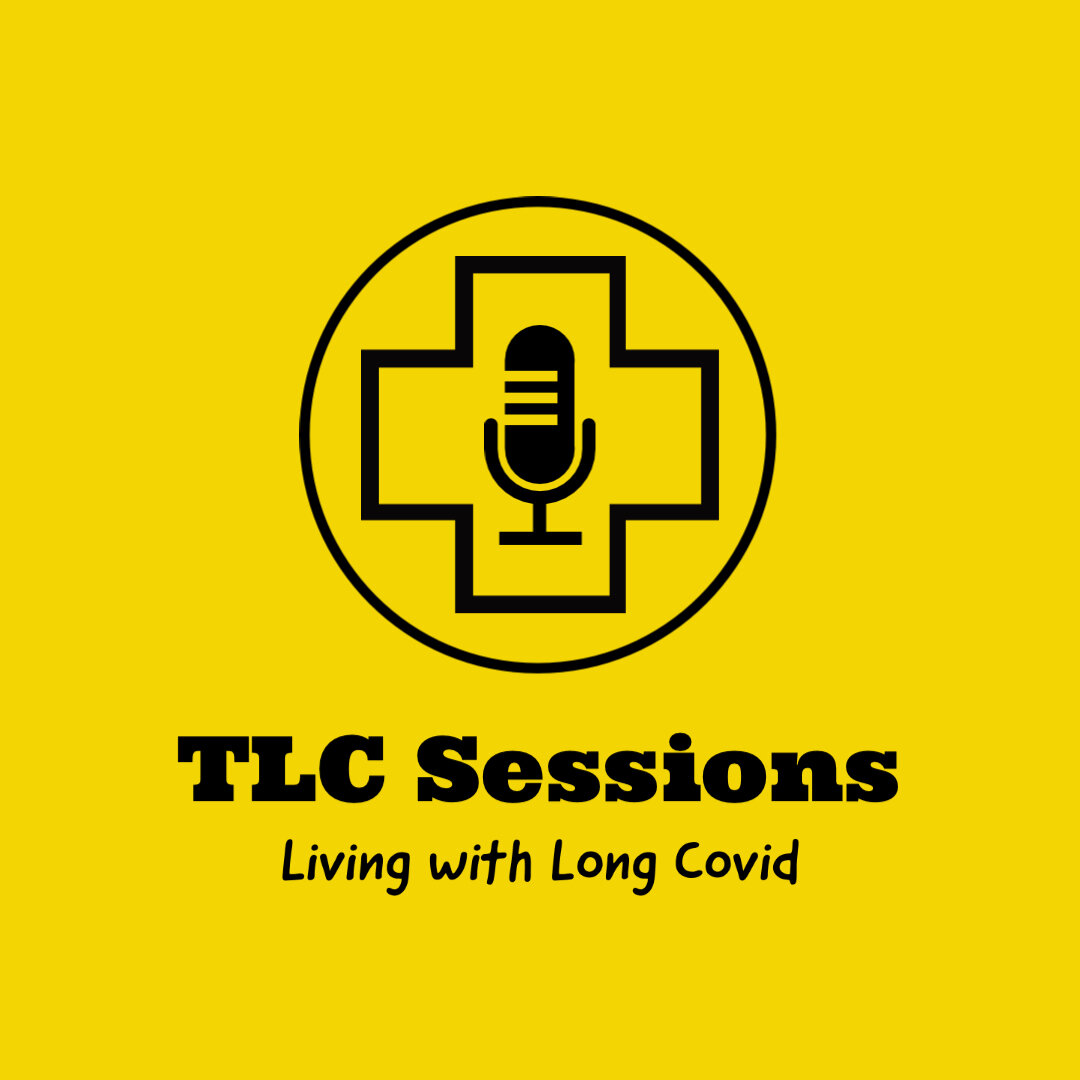Episode 72: Dr Thomas Chelimsky - autonomic dysfunction, migraine and trauma
Dr Thomas Chelimsky, Professor of Neurology and Director of VCU’s autonomic laboratory, has years of experience understanding the brain and treating autonomic disorders such as POTS.
In 2022 he, along with Dr Ron Gharbo (Episode 55), Dr Mary Wells, and Dr Gabriella Chelimsky, set up a Long Covid clinic at VCU Health, Richmond, VA. They approach the illness with a unique combination of neurological, immunological, psychological, physical and gastrointestinal expertise and therapies. He believes that there is more than just a body-brain connection – that we should not view them as separate entities but look at the patient holistically and treat from all sides – so their MDT (multi-disciplinary team) is not about individually treating different systems of the body, but creating a strategy that addresses everything.
He has led extensive studies, writing over 85 peer-reviewed papers, in a bid to further research on the brain and dysautonomia, endeavouring to bring a blend of pharmacological and non-pharmacological treatments to patients.
Chelimsky is an expert in treating POTS which he discusses ‘almost never shows up alone’, linking it with the migraine, fibromyalgia and IBS (irritable bowel syndrome), but he is also seeing many Long Covid patients with symptoms of POTS that are unrelated to orthostatic changes which suggests that the traditional tilt-table test might have diagnostic limitations in this instance. And from those he has treated he estimates that migraine is prevalent in around 50% of Long Covid patients, presenting both with and without a headache, and explains how our locked fight / flight / freeze mechanism might directly correlate with this, due to the regions of the brain involved.
An early pioneer in autonomic dysfunction, his more recent research into the autonomic control centre – the periaqueductal grey region of the brain - and the role of the vagus nerve seems to be pushing new theories, alongside the implications of trauma (both physical and mental) on the autonomic system, and the role that it plays in Long Covid.
Something that we haven’t really talked about in previous episodes is the the periaqueductal gray (PAG) area of the brain. The PAG is a region of gray matter located in the midbrain surrounding the cerebral aqueduct, which is a narrow channel that connects the third and fourth ventricles of the brain. It plays a crucial role in modulating pain perception, defensive behaviors, and various autonomic functions.
Key functions of the periaqueductal gray include:
Pain Modulation: The PAG is involved in the descending pain modulation pathway, which means it can inhibit or facilitate pain signals. It has connections with various regions of the brain involved in pain processing, such as the thalamus and the spinal cord.
Defensive Behaviors: The periaqueductal gray is also associated with the initiation of defensive behaviors, such as fight-or-flight responses, freezing behavior, and other survival instincts. Activation of specific parts of the PAG can trigger these responses.
Autonomic Functions: The PAG regulates autonomic functions such as heart rate, blood pressure, and respiration. It integrates information from other brain regions to help coordinate appropriate responses to changes in the internal or external environment.
Emotional Processing: Some research suggests that the PAG may be involved in emotional processing, particularly fear and anxiety-related behaviors. It has connections with brain regions involved in emotional regulation, such as the amygdala and prefrontal cortex.
Damage or dysfunction in the periaqueductal gray can lead to alterations in pain perception, abnormal defensive responses, and disruptions in autonomic function. Understanding the role of the PAG is important for developing treatments for conditions involving pain, anxiety, and other emotional or physiological disturbances.
Treating conditions involving the PAG often requires a multidisciplinary approach that may include pharmacological, behavioural, and/or surgical interventions which is why this multi-doctor approach is having good results for their patients.

